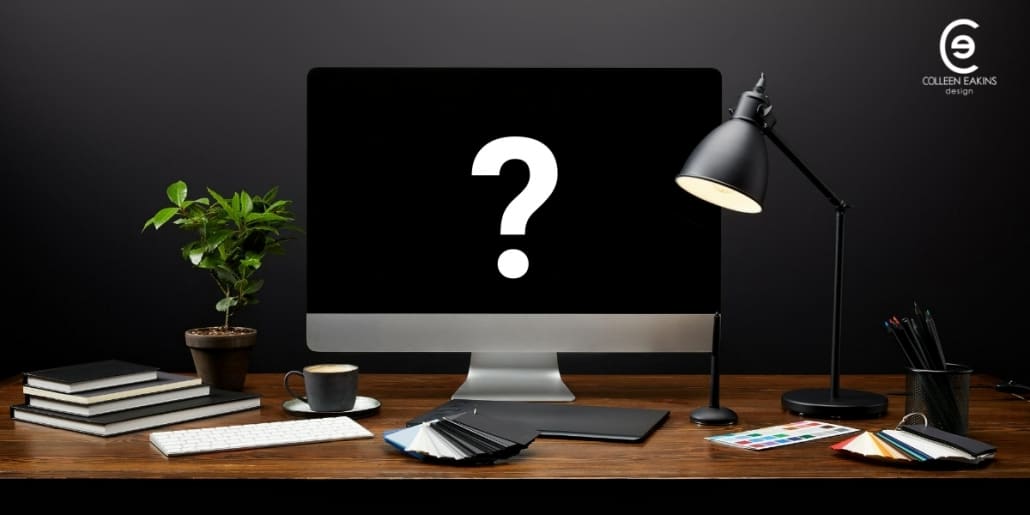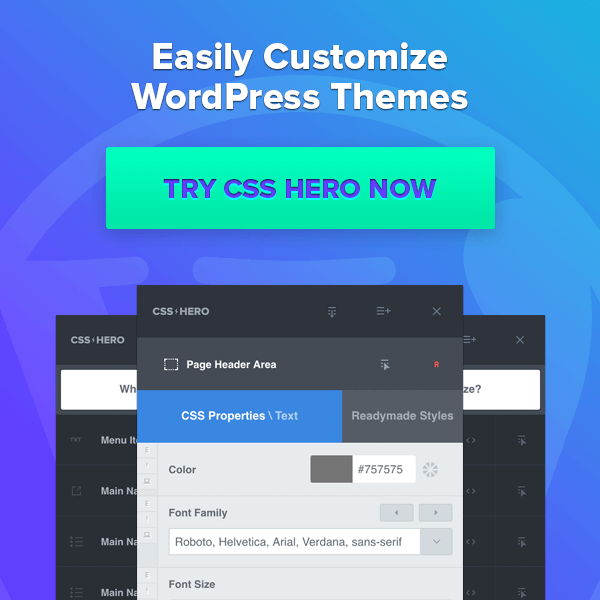Design FAQ
Every industry and company has their own jargon that becomes too specific for outside partners to fully understand. The elements around design can be broad and intricate at the same time. We hope that we can answer some of those questions for you.
What software programs do graphic designers/companies use?
Designers use a plethora of design tools but most will use one or more of the following design programs to create your marketing materials:
- InDesign – An Adobe product that allows for the creation for printed and digital marketing materials for your company.
- Photoshop – Another Adobe product that allows for designers to edit and enhance raster graphics to improve quality to be placed in your marketing piece. Files from Photoshop are often placed into an InDesign file, which creates the overall collateral need.
- Illustrator – Again, part of the Adobe suite, Illustrator allows designers to create their own vector graphics. Logos, cartoons, vector graphics, etc. can be created with this software. Like Photoshop files, the designs created in Illustrator are often placed in an InDesign file for the overall creative piece.
What is low-resolution vs high-resolution?
I’m sure you have worked with a designer before and they have come back to you and asked for a high-resolution version of an image they are working with. But, why doesn’t the file they were originally given work?
Images have a specific DPI or PPI. DPI is “dots per inch” and PPI is “pixels per inch”. These are the units in which the images are made of and state what application they are best suited for.
Web images will need only a quality of 72dpi, which is low quality. However, images at this resolution will still look really clean and crisp on a webpage. For print, images will need to be at least 300dpi, otherwise images will be printed very blurry.
What is the difference between image files .png, .jpg, .tif, .pdf?
First, let’s explain the construction of different files. Rastor files are a defined proportion of pixels to form an image. Resizing of rastor files can’t be done without compromising the quality of the image.
Vector image files are much more flexible. Their proportions can be reformulated to different sizes to fit different marketing collateral needs. All of your company’s logos and brand elements should be in vector files to allow for manipulation for different creative pieces. Now, let’s talk about the types of files:
- JPEG or JPG (Joint Photographic Experts Group) – is the most common image file type you run across. JPEGs lose the quality of the image as the file decreases. Use for this image can be for on the web, Microsoft Office documents, or for high quality printing. But, it will need to be ensured that the resolution and file size are correct for the intended piece.
- PNG (Portable Network Graphics) – are great for online use, but not suitable for print pieces. When are edited they do not lose quality, but still hold a low resolution. Because you can save these types of files on a transparent background, this makes for a better sharper, web-quality image.
- TIFF (Tagged Image File) – is a large raster file that does not lose quality when edited. The initial integrity of the file is maintained no matter how often you copy, re-save, or edit the file. Since these are very large files, it is best to use these in print pieces versus web because it will impact how fast your page/image loads.
- PSD (PhotoShop Document) – are files created and saved in the Adobe Photoshop program mentioned above. The file contains “layers” that make up the edit image, so it is much easier to save and handle during production. The program creates raster files only for specific uses.
- PDF (Portable Document Format) – is an Adobe creation to allow for users to capture information from any application to share with anyone, anywhere. It allows for users to review content and images without owning a specific design software program.
- EPS (Encapsulated Postscript) – is a vector format file that houses high-resolution graphics for print. Almost any kind of design software can create an EPS. The extension acts more as a universal file type that can be opened in any design editor, not just the common programs above.
- AI (Adobe Illustrator Document) – is the favorite image file among designers and most reliable type of file for using images on all types from web to print, etc. Since it originates from the program where the design was created, the file is in vector format, which allows for easy use to resize and manipulate to other different file types.
What is a dieline and why do I get files “with bleeds” for a printed piece?
These specifically talk about pieces that are going to be printed. A dieline is a template for how to properly print the intended piece. It also will inform the vendor how to cut and properly fold if using for packaging, envelopes, etc. Ensuring the files going to the printer include the dielines will allow for the piece to be produced correctly.
Within those files (may come separately) you will also possibly see a “bleed”. You will be able to recognize a bleed when you see an image has gone over the allowed space of the template (dieline). We include bleeds when we want an image to run the full length and/or width of the page with no white space showing. Sometimes “bleeds” are asked to be included due to printing variance and machine error to ensure the image will be printed correctly.
When working with a designer be sure to ask for explanations on the inner workings of your pieces. This will not only create a better relationship with your design partner, but will allow for you and your company to better understand the process, skills, and capabilities of design as a whole. By doing so, every project that needs to be completed will allow for the space to challenge your creativity.
Colleen Eakins Design works closely with our clients to ensure their understanding of our process and the elements of their design. Consult with us to take your creative to new heights.






